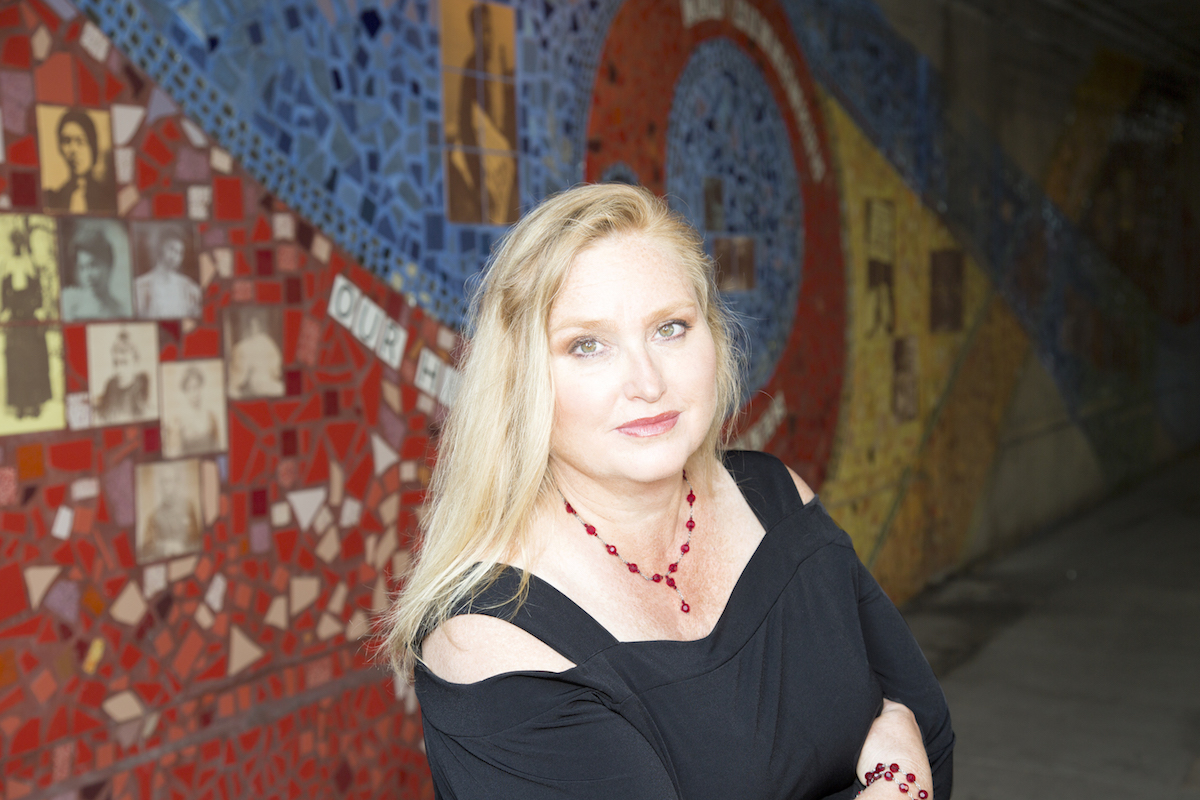
January 11, 2019
Excerpt from Chapter One of Poison Girls - Winner of CWA’s 2019 Book of the Year Award for Traditional Fiction
By Cheryl L. Reed
Before we knew their names, we dubbed them the Dead Angels. They were high school juniors from the Queen of Angels Academy, and when the cops found them, they had rosaries in their purses and Sweet Jesus in their veins. That’s what the street folks called the deadly heroin that sent more than two hundred and fifty people to the morgue that summer. Several were white teenage girls—just like the Dead Angels. The poisoned heroin probably caused many more deaths, but no one noticed until the body of Rosie Green, a distant cousin to the Mayor, turned up in a Bridgeport neighborhood alleyway two blocks from the family’s home.
Once the mayoral connection surfaced, my editors at the Chicago Times became obsessed with discovering how young white girls were being lured to their deaths. Heroin overdoses typically involved hardcore junkies—prostitutes, homeless veterans, hustlers, and a few suburban boys pumped with enough testosterone to think they could conquer anything. But the white girls who were ending up in the morgue were private school students taking Advanced Placement Calculus and studying for their SATs: they didn’t fit the profile, which made their deaths novel—and news.
The coroner couldn’t find collapsed veins or track marks on the white girls, so they likely weren’t addicts. There was no shortage of theories, though. Some believed white kids were targeted to make a statement about race in the most racially divided city in the country. A few suggested the teenagers were collateral damage in a war between gangs and cops. The conspiracy theorists thought it was an attempt to sway white voters from backing Chicago’s black presidential candidate. My sources offered the most chilling theory: The girls were thrill-seekers, daring one another in escalating contests to become “vampirettes”—girls who survived the most potent form of heroin, conquered death, and returned with a mysterious power.
Theirs was a story I was aching to tell. I was the only female crime reporter at the paper. Usually I was sent to hold the hands of victims’ families. Choice assignments like the Dead Angels were normally fielded by senior reporters, mostly middle-aged guys who smelled like nervous sweat and whose desks displayed a smattering of photos: smiling kids and devoted stay-at-home wives—reminders that they were the breadwinners, that their jobs mattered. My editors would never say so because it would be outright chauvinism, but they thought covering crime was too dangerous for a girl. They saw themselves as gentlemanly and paternal by assigning me safer crime stories: interviewing mothers of young kids shot by stray gunfire, rape victims, parents of molested children.
Admittedly, crime reporting was a gruesome business, but what drove me was unraveling the Why. What compels a man to shoot a stranger for his iPhone? Why does a man crush a woman’s skull with a baseball bat for a few dollars? What motivates a man to spike drugs with poison that kills his buyers? You only get that when you talk to The Man. And The Criminal was almost always A Man.
If it were up to my editors, I’d be handing out tissues to crying parents until they laid me off, like dozens of other reporters who’d been let go from my newspaper and our tabloid competitor, the Chicago Sentinel. Newspapers were dying. No one wanted to pay for news when they could get it off the Internet for free. Besides, I didn’t have any of those smiling kid photos on my desk. I was The Single Girl With A Cat. And everyone knows, those are the ones who end up getting canned.
The poisoned heroin story, though, had the power to change all that. No one could find The Man—or Men—selling the spiked heroin. And his victims were as much a mystery, mostly because they seemed complicit in their own deaths.
So I went looking for girls who survived—if there were any. I thought they just might talk to a female reporter. They just might tell her who sold them the drugs and why they inhaled, injected, or smoked an unknown drug from an unknown dealer in an unknown part of town.
#
They found the Angels’ bodies on Friday the thirteenth, a detail the competing tabloid screamed in its headlines. That morning, someone had called Streets & Sans complaining about rats near an abandoned Chinatown building. After the street crew discovered the girls’ remains, a sanitation worker got on the city scanner and started babbling about dead bodies and ghosts. I arrived before the TV trucks but after the squad cars. An ambulance, its lights blaring, raced away immediately. We were told everyone inside the house was dead. An hour later, though, we were still standing outside, the sun glaring down at us unforgivingly as we leaned over the sticky yellow police tape. Normally detectives would have offered us ghoulish jokes—“she wants a refund” or “guess she won’t be doing early acceptance at Harvard”—but that day they wouldn’t even look in our direction, knowing that with three white victims anything they said could make headlines.
I needed a detail, an interview no one else had, anything that would propel the story forward and keep my name off the layoff list. But the Chinatown crime scene seemed all too familiar: a treeless side street with rows of squat, two-story houses squished behind miniature front yards and uneven sidewalks.
It was there, as I stood on the fault lines of the sidewalk, sweat dripping into my eyes, the stench of sewer filling my nose, that I first noticed her amid the gawkers. She was taller than the stooped Chinese ladies and the old leather-faced men who had nothing better to do than congregate in the middle of a workday. In the haze of the heat, she seemed like an apparition, her body shimmering as if the sunlight radiated through her, making her speckled copper skin glow and her rust-colored hair flicker as if it were on fire. Not until she turned her luminous green eyes on me did I realize why she seemed so familiar: she had my face from when I was a teenager.
My freckles had paled with age, my red hair wasn’t as vibrant, but even at thirty-three, I could have passed as the girl’s older sister. She giggled as she posed for a photo with an officer who couldn’t help but grin as she nestled into the crook of his shoulder. She seemed so self-assured, yet ethereal, the sunlight enveloping her in a golden halo. Was I witnessing a wrinkle in time, a window in the universe opening to reveal a younger version of myself? I wonder now if my life would have turned out differently if I’d let the feeling pass, that déjà vu sense of connection with someone I’d never met.

Write City Ezine is currently closed to submissions. See submission guidelines for further information.
Affiliates/Partners
Testimonials
Contact
Join CWA
Member Profile
My Account
Writers Conference
Presenters
Agents and Publishers
Pitch Sessions
Sponsors
Scholarships
Speaker Registration
Book of the Year
Spirit Award
First Chapter Contest
Resources
Home
Chicago Writers Association
info@chicagowrites.org
Make a Difference!

